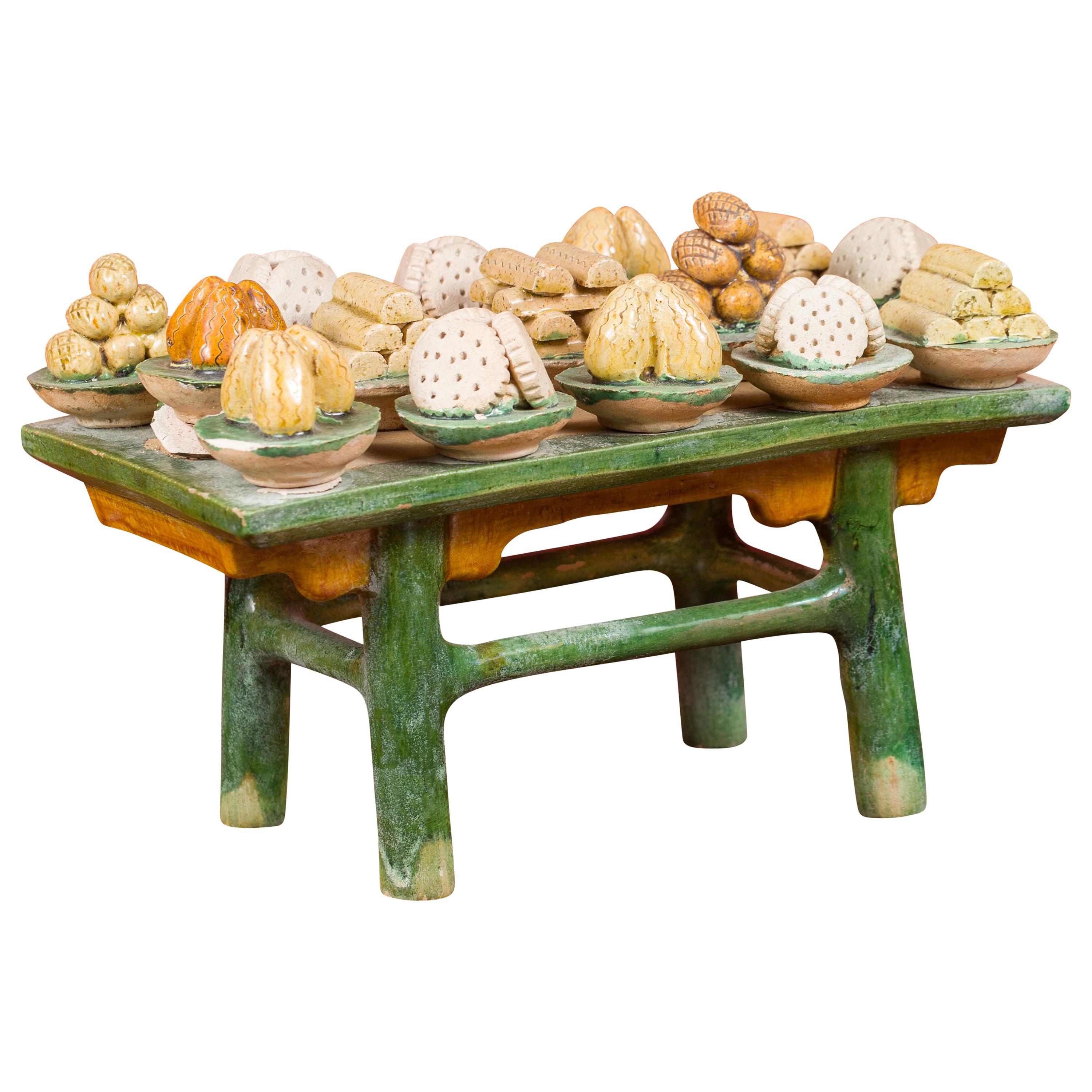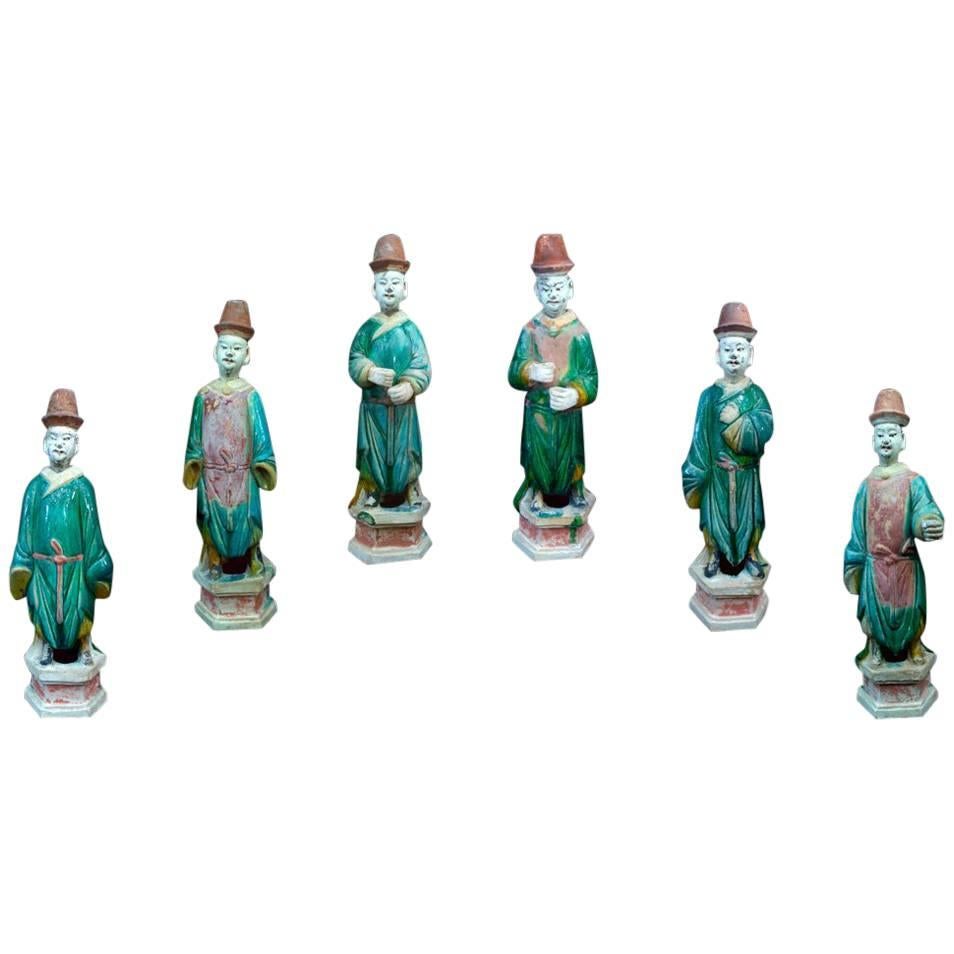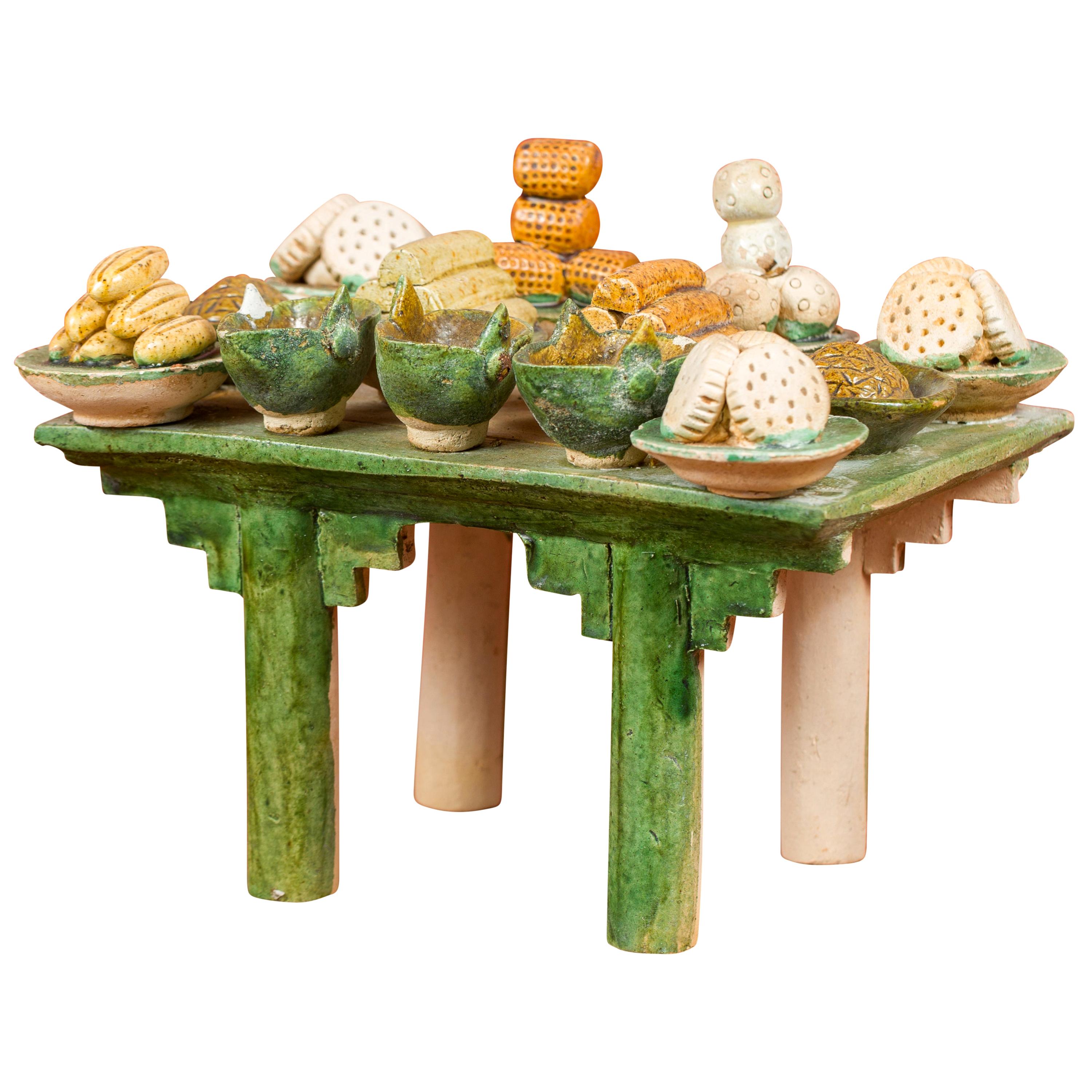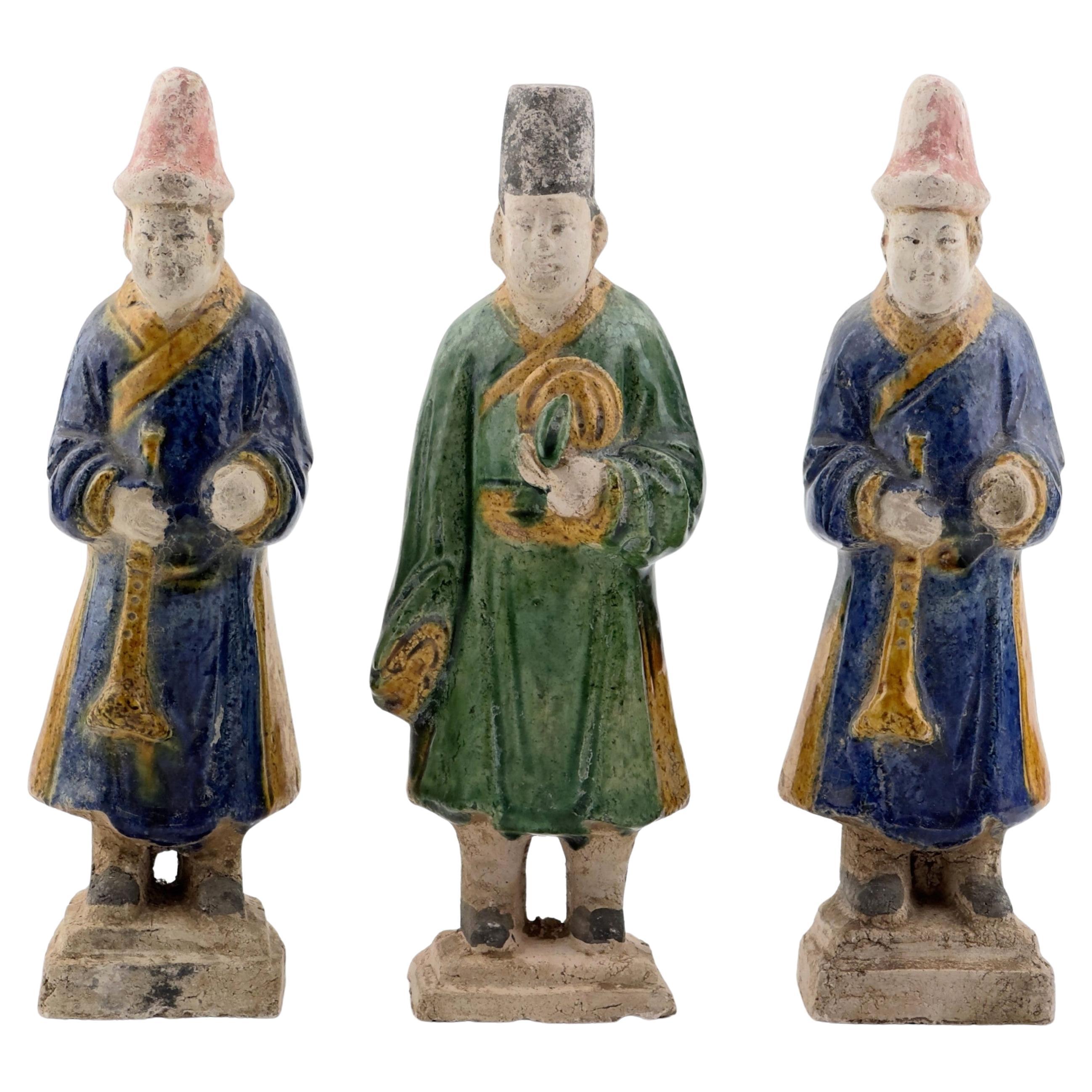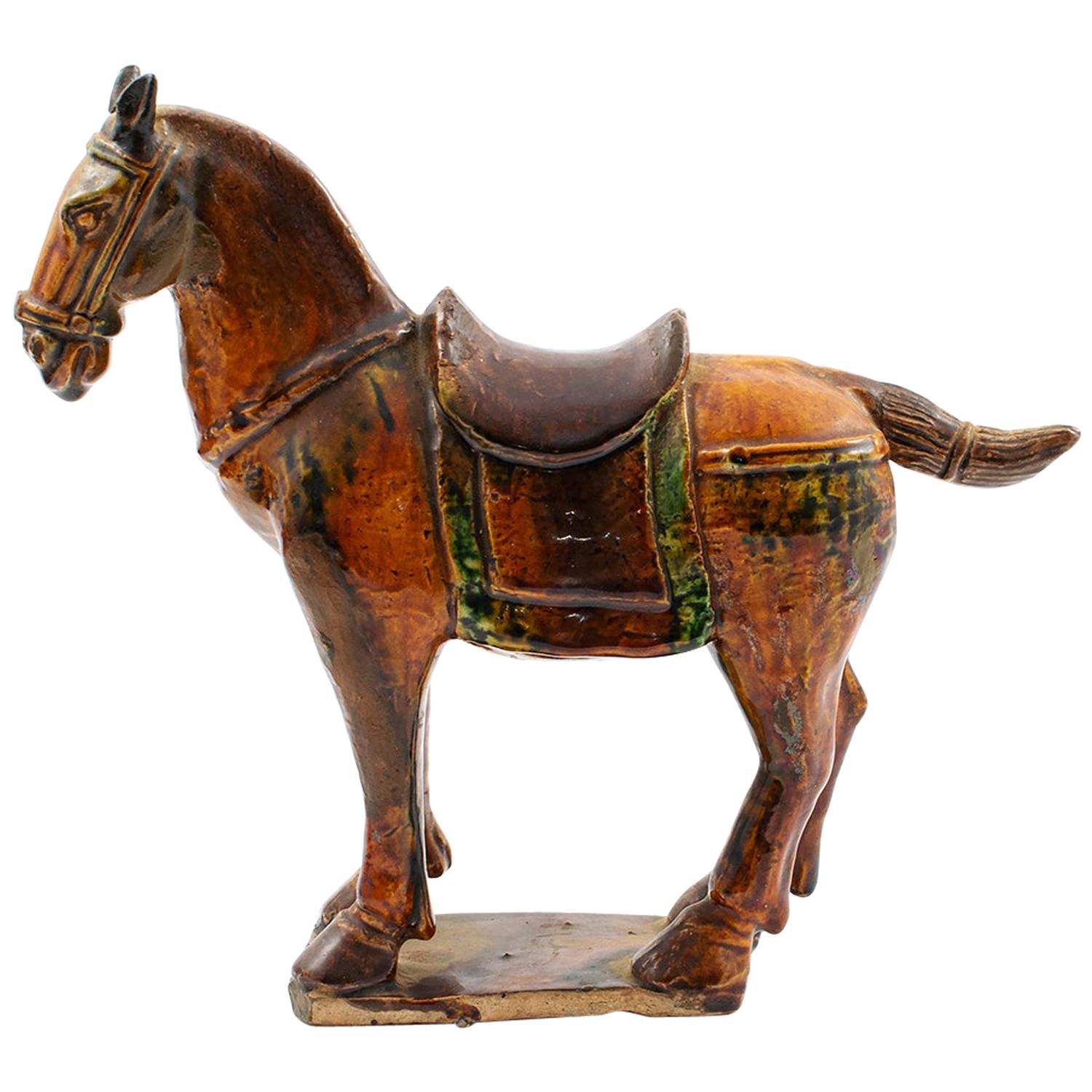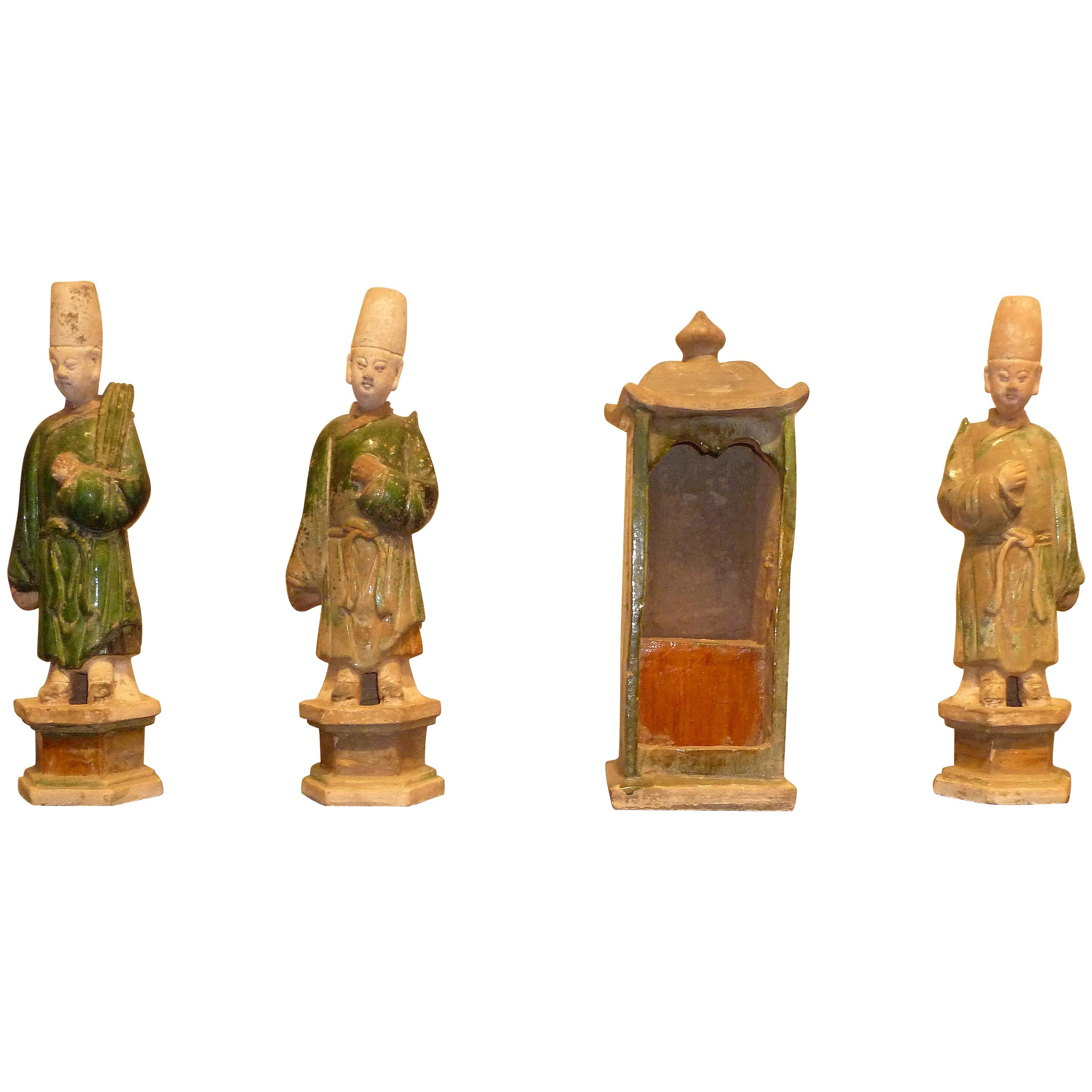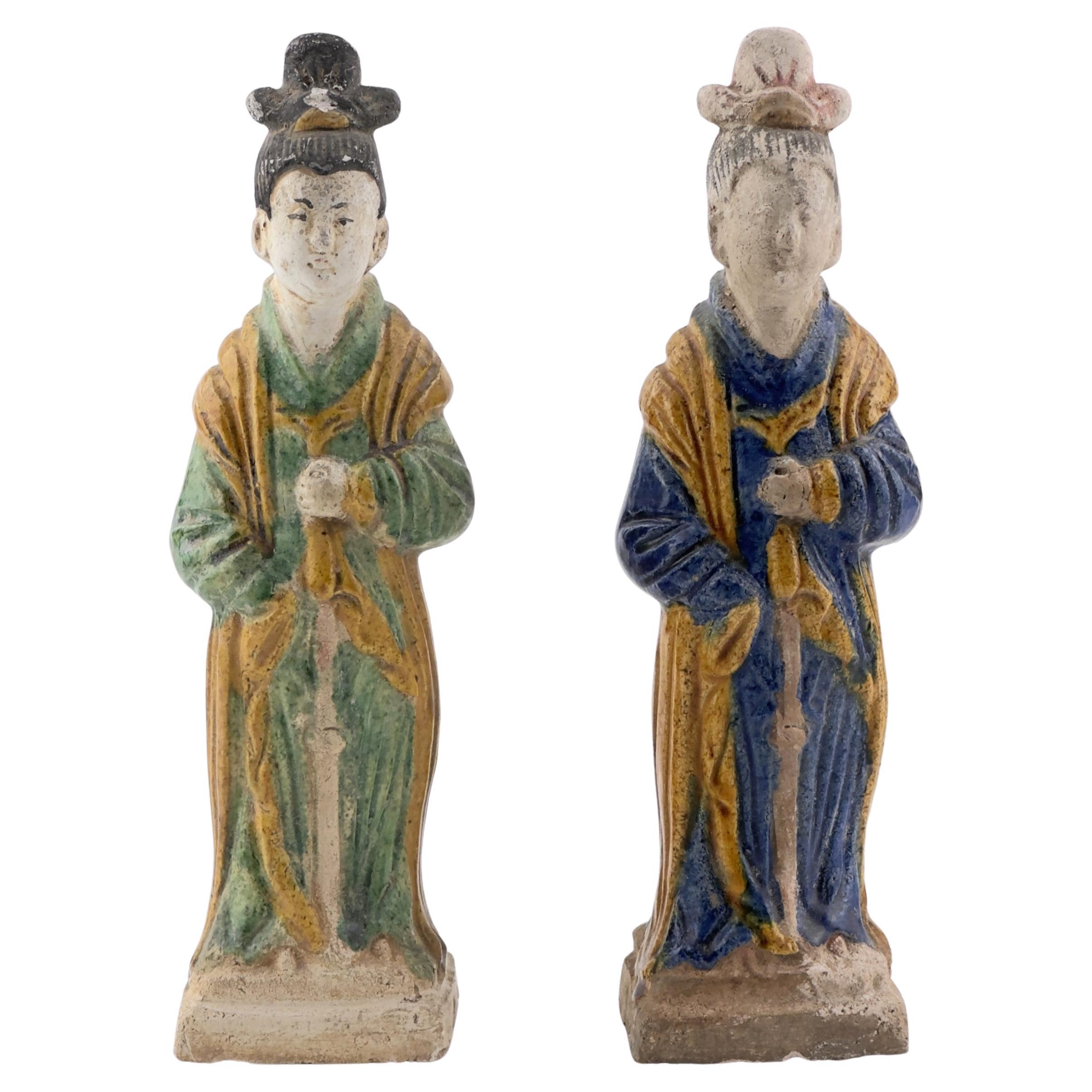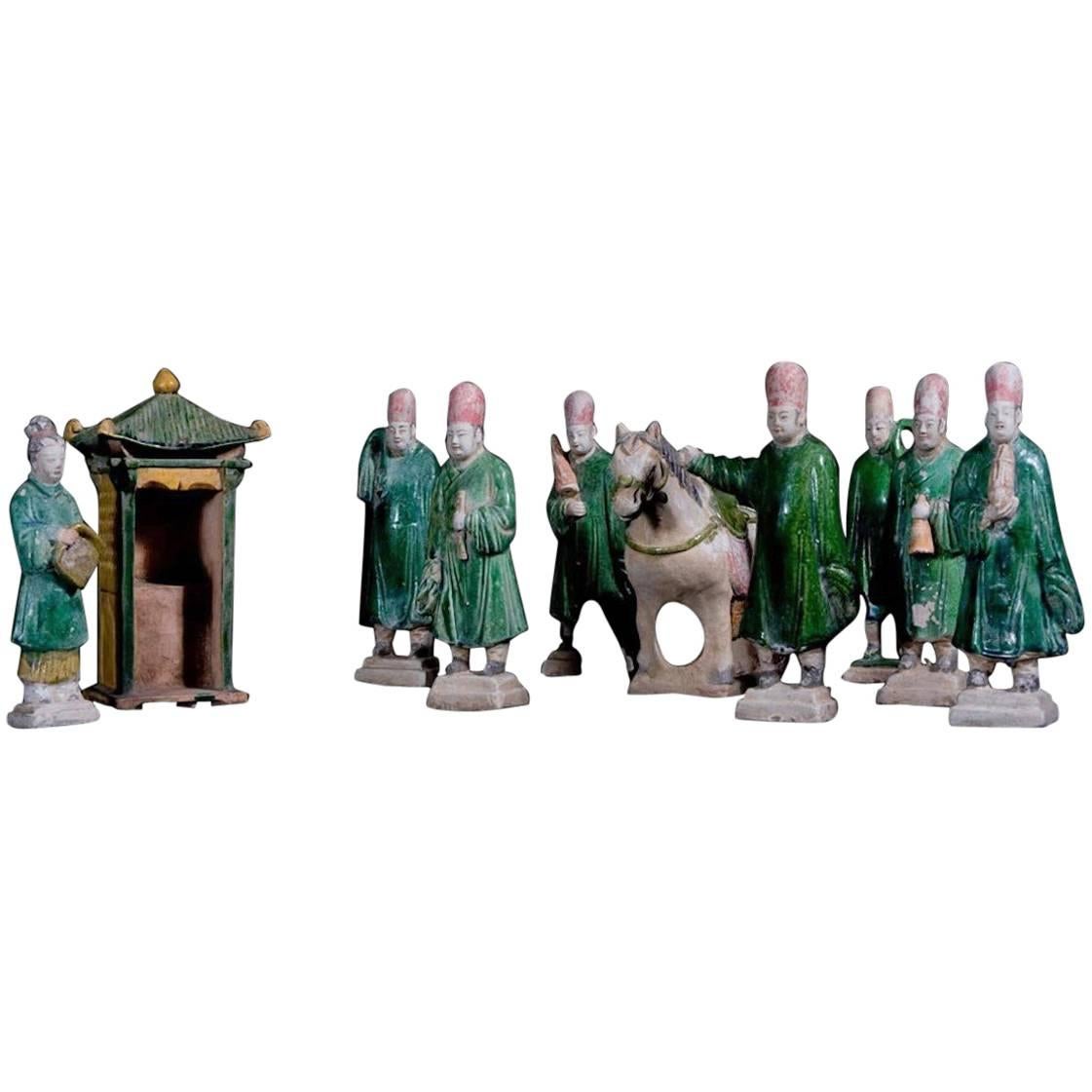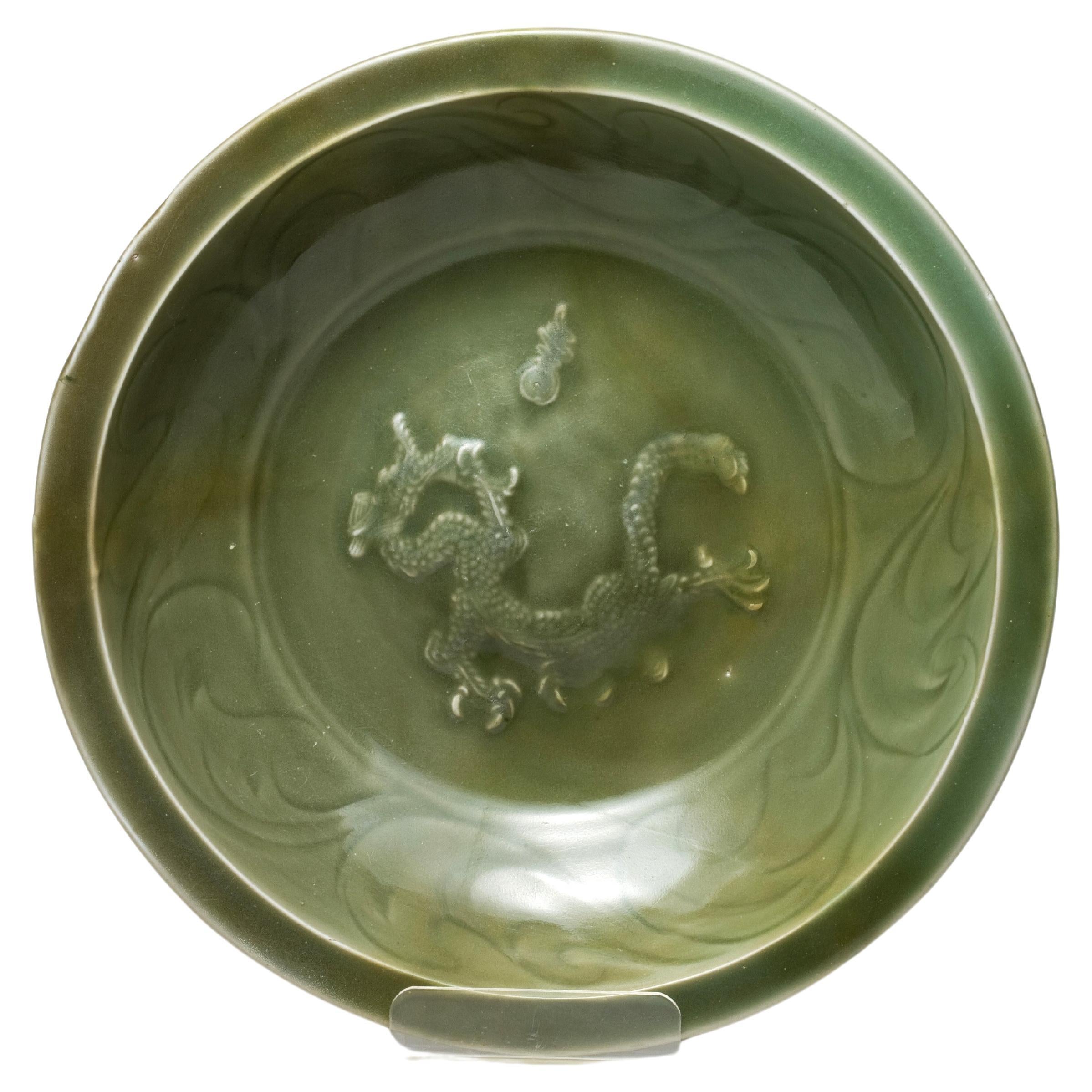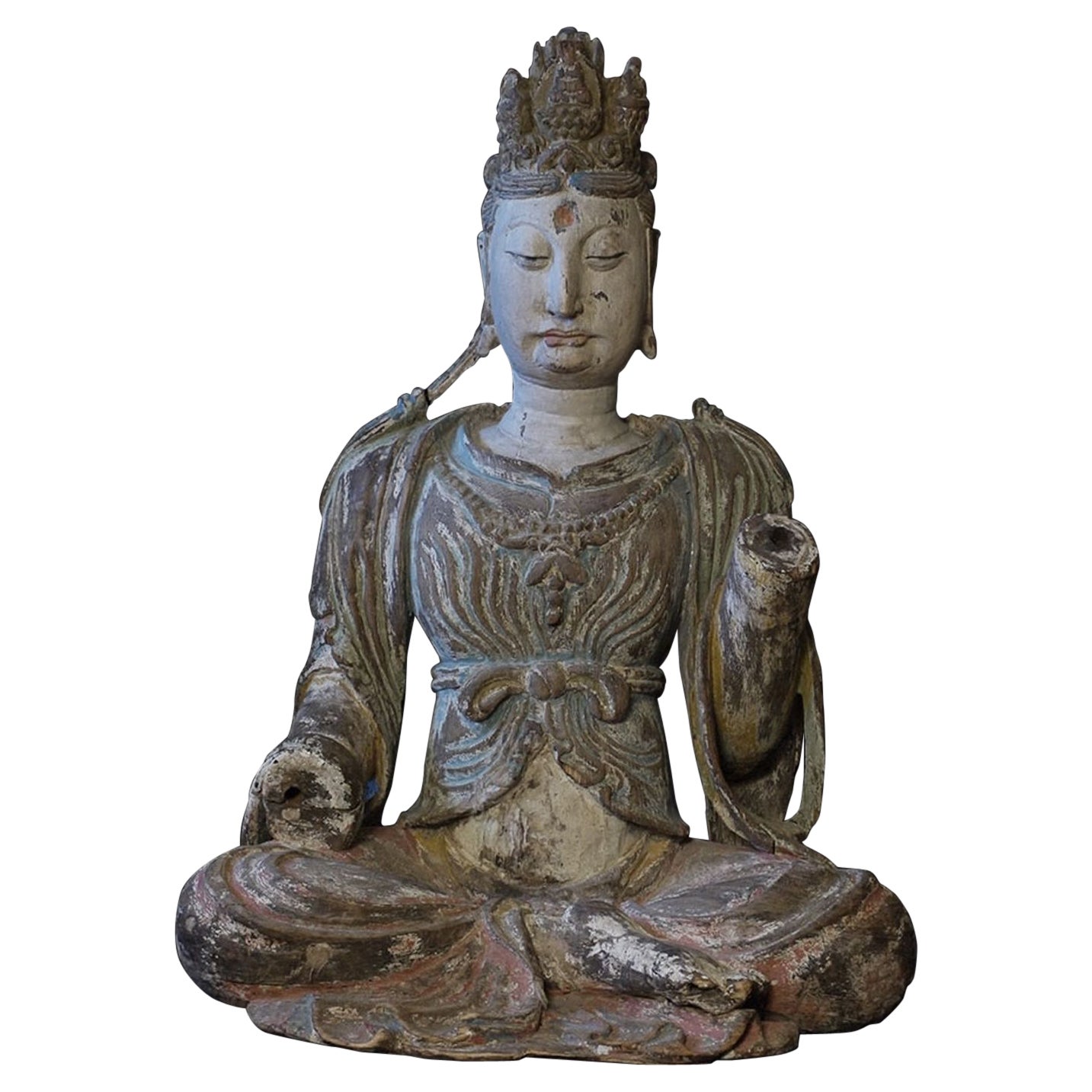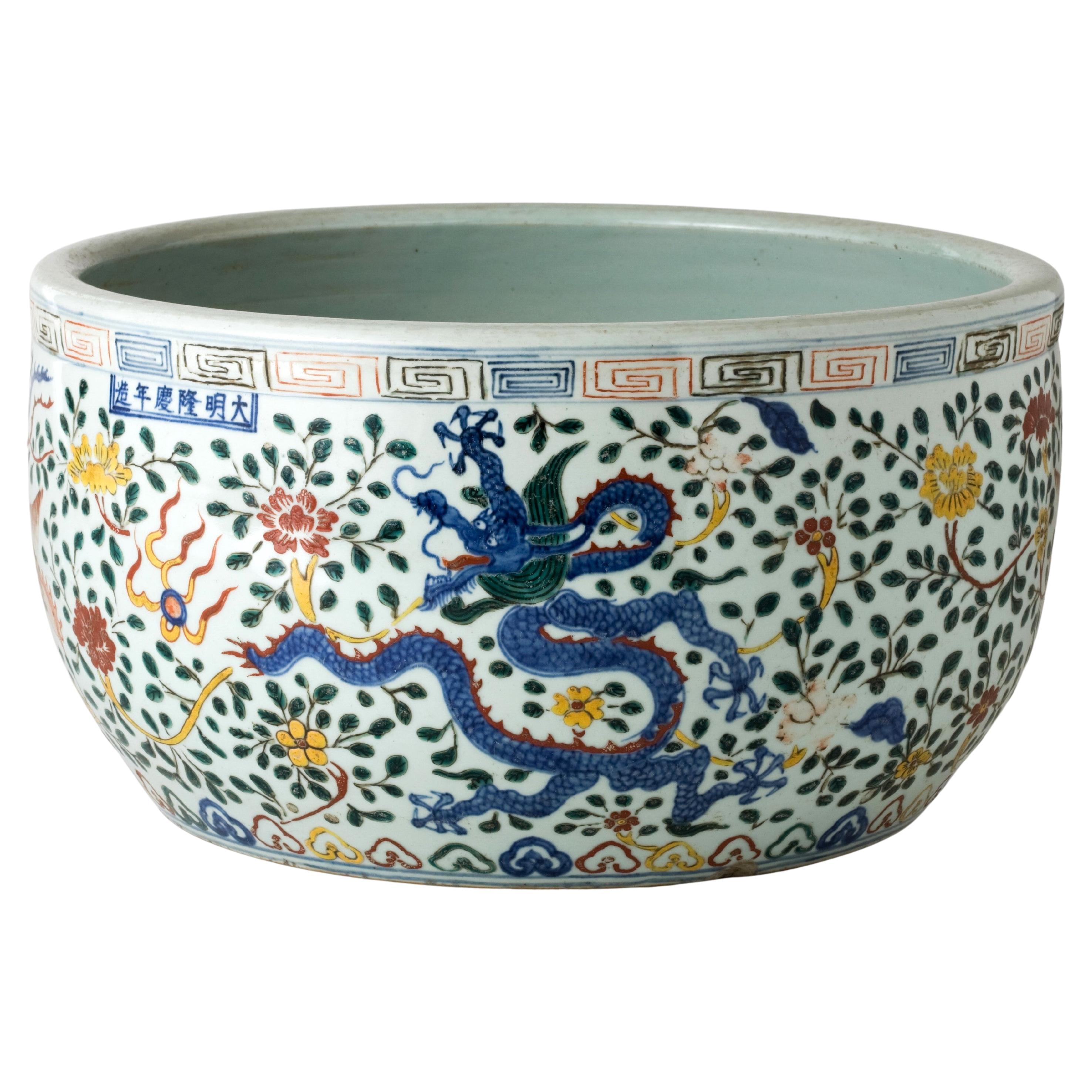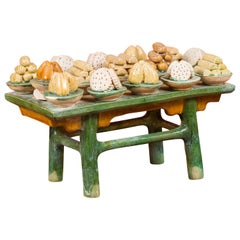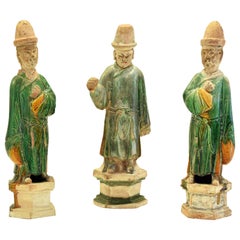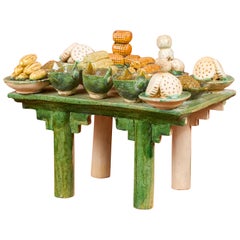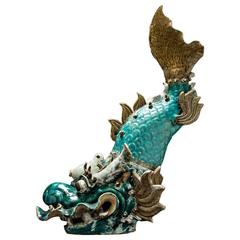
Ming Glazed Terracotta Architectural Sculpture of a Dragon Fish
View Similar Items
1 of 5
Ming Glazed Terracotta Architectural Sculpture of a Dragon Fish
About the Item
- Dimensions:Height: 36 in (91.44 cm)Width: 25 in (63.5 cm)Depth: 12 in (30.48 cm)
- Style:Ming (Of the Period)
- Materials and Techniques:Terracotta,Glazed
- Place of Origin:
- Period:
- Date of Manufacture:1368 AD-1644 AD
- Condition:
- Seller Location:Beverly Hills, CA
- Reference Number:Seller: TF.0351stDibs: LU232336233823
Authenticity Guarantee
In the unlikely event there’s an issue with an item’s authenticity, contact us within 1 year for a full refund. DetailsMoney-Back Guarantee
If your item is not as described, is damaged in transit, or does not arrive, contact us within 7 days for a full refund. Details24-Hour Cancellation
You have a 24-hour grace period in which to reconsider your purchase, with no questions asked.Vetted Professional Sellers
Our world-class sellers must adhere to strict standards for service and quality, maintaining the integrity of our listings.Price-Match Guarantee
If you find that a seller listed the same item for a lower price elsewhere, we’ll match it.Trusted Global Delivery
Our best-in-class carrier network provides specialized shipping options worldwide, including custom delivery.You May Also Like
Ming Dynasty Glazed Terracotta Funeral Table Mingqi with Miniature Food Offering
Located in Yonkers, NY
A Ming dynasty period glazed terracotta funeral table mingqi from 15th-16th century with food in dishes. This rare Ming dynasty period glazed terracotta funeral table, dating from the 15th to 16th century, beautifully embodies the traditional Chinese practice of creating Mingqi—terracotta models meant to assist the deceased in the afterlife. This piece depicts a typical Chinese altar, adorned with green tempera glaze and meticulously crafted miniature foods, such as cakes and breads, representing offerings. The modeled and painted details give a glimpse into the customs of wealthy Chinese burials...
Category
Antique 16th Century Chinese Ming Antiquities
Materials
Terracotta
6 Elegant Ming Dynasty Court Attendants in Glazed Terracotta, China 1368-1644 AD
Located in San Pedro Garza Garcia, Nuevo Leon
A fine set of a six court attendants as in the Forbidden City of Beijing, elegantly dressed in a Green & Red Daopao – a traditional men’s formal attire from the Ming Dynasty dated 1368-1643 A.D. – with glazed robes and Red Pigment remains in their hat and belts. They stand in an honorary posture atop a red plinth, some with orifices in their hands, where spirit objects were placed to comfort or satisfy the deceased. The heads are detachable, as often seen on the larger figures from this period.
They are accompanied by a Certificate of Authenticity, and Certificate of Expertise by Jean-Yves Nathan - a leading authority specialized in Far East Archaeology from the CEDEA (The European Confederation of Art Experts).
Burial figurines of graceful dancers, mystical beasts, and everyday objects reveal both how people in early China approached death and how they lived. Since people viewed the afterlife as an extension of worldly life, these figurines, called mingqi, sometimes referred as “spirit utensils” or “vessels of ghosts” disclose details of routine existence and provide insights into belief systems over a thousand-year period.
The Ming dynasty was the ruling dynasty of China – then known as the Empire of the Great Ming – for 276 years (1368–1644 AD). Founded by Chu Yuan-chang, the rebel leader that was successful in removing the mongols from the throne. Chinese control was re-asserted in China and eastern Asia. Literature became more important, schools were created, and the justice system was reformed. The Ming dynasty is described by some as "one of the greatest eras of orderly government and social stability in human history,” was the last imperial dynasty in China ruled by ethnic Han Chinese.
The practice of burying ceramic objects with the deceased went into decline from the 10th to the 14th Century AD. There was a revival in placing miniature representations of glazed terracotta objects such a furniture, food offerings, horses, miniature statues...
Category
Antique 15th Century and Earlier Chinese Ming Antiquities
Materials
Terracotta
Three Ancient Terracotta Sculptures, China Ming Period
Located in Roma, IT
This Chinese terracotta group of figures is made up of three figures of Chinese dignitaries in glazed green and ocher terracotta on hexagonal bases and removable heads.
From the d...
Category
Antique 16th Century Chinese Sculptures and Carvings
Materials
Terracotta
Ming Dynasty 15th-16th Century Glazed Terracotta Funeral Table with Food Mingqi
Located in Yonkers, NY
A Ming dynasty period glazed terracotta funeral table mingqi from 15th-16th century with food and drinks. Created during the Ming Dynasty, this glazed terracotta funeral table, known...
Category
Antique 16th Century Chinese Ming Antiquities
Materials
Terracotta
Three Glazed Figures of Musicians, Ming Period (1368-1644)
Located in seoul, KR
Statues of Chinese musicians crafted from terracotta, featuring glazes in green, blue with nice condition. Set on rectangular bases. Compared to other figures, musician figures are relatively rare, two figures with distinctive instrument from that era.
Period: Ming Dynasty
Medium: Green and Blue glazed Pottery
Type: Figure
Provenance : Acquired in early 2000s from Hongkong
Reference :
1) V&A Museum - Accession number C.1501913
(Type : Closely related)
* Ming Dynasty Glazed Pottery Figures
Ming Dynasty glazed pottery figures are renowned for their bold color palette, intricate detailing, and lifelike forms, distinguishing them from earlier traditions. These figures, which depict officials, warriors, animals, and mythical creatures, are characterized by high-gloss lead-based glazes in green, amber, ochre, and sancai (three-color) combinations. The thickly applied glaze pools in recesses, creating depth and enhancing sculptural details. With dynamic postures, expressive facial features, and meticulously rendered drapery, these figures reflect the period’s advancement in ceramic craftsmanship, offering a greater sense of movement and realism compared to the rigid and stylized forms of earlier dynasties.
A defining characteristic of Ming glazed pottery is its elaborate surface detailing, often achieved through raised relief elements and contrasting glazes. Equestrian figures, for example, feature carefully sculpted saddles, harnesses, and decorative embellishments, while human figures are adorned with intricate robes and headdresses. The large scale of these tomb figures, often more imposing than those from previous periods, underscores the increasing importance of funerary art during the Ming era. Unlike later Qing Dynasty figures...
Category
Antique 15th Century and Earlier Hong Kong Ming Antiquities
Materials
Pottery
$1,943 Sale Price / set
35% Off
Late Ming Era Documented Glazed Pottery Horse
Located in Kastrup, DK
An elegant Chinese Ming dynasty pottery figurine depicting a horse in a standing pose with polychrome finish (aubergine, light brown and g...
Category
Antique 17th Century Chinese Ming Animal Sculptures
Materials
Pottery
Recently Viewed
View AllMore Ways To Browse
Dragon Fish
15th Century Chinese Painting
Terracotta Fish
Art Nouveau Dragon
Foo Dogs Painted
15th Century Polychrome Sculpture
Chinese Lacquer Wall Panels
Antique Terracotta Lions
Foo Dragons
Temple Dogs
Ceramic Foo Dogs
Art Nouveau Ad
Chinese Ceramic Fish
Terracotta Ming
Terracotta Dogs
Terracotta Dragon
Ming Lions
Ming Dogs
